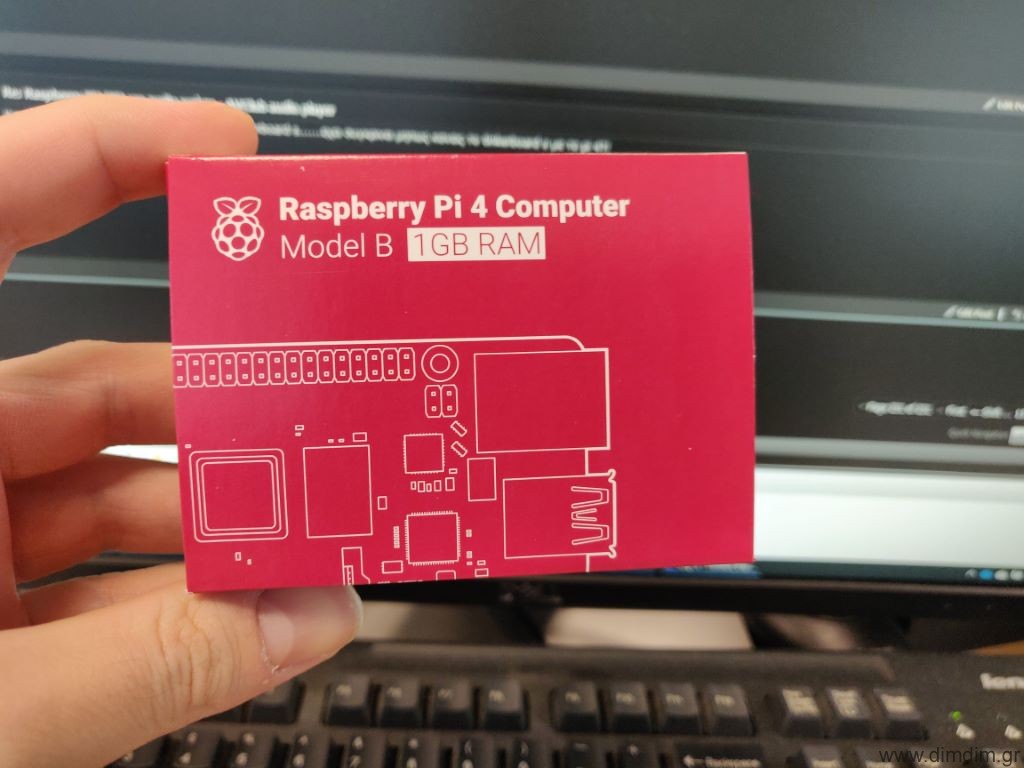About a month ago the Raspberry Pi 4 was announced, pretty much blind-sighting everybody.
For the last (many) years, since the announcement of the RPi 2, we had been used to relatively minor incremental upgrades every time a new RPi came out.
Usually the new processor was a bit faster, we got WiFi and BT, then better WiFi, then faster (almost) GbE network, etc. But until now, all of these connectivity options had to be accommodated by a single USB 2.0 port on the SoC.
But this year everything changed. We got a new SoC (the BCM2711), one that finally supported an RGMII interface for a true GbE port, plus a PCI Express port that is used to give USB 3.0 & 2.0 connectivity at useful speeds.
We also got more processing speed and more RAM options, up to 4GB of fast LPDDR4 memory, dual HDMI outputs, etc.
So, all of the above specs mean that the RPi is definitely faster and more capable than ever as a desktop replacement. But is it indeed a better audio streamer for us audiophiles?
For starters, it’s been almost a month since its announcement and availability (I got my unit delivered just 3 days after its announcement) and AFAIK the well-known audio distributions do not yet support it.
Then there is the increased system complexity and power consumption that comes with the new architecture. More power consumption and more ICs usually mean more noise. More noise is never good news for audio.
So I had to do some testing. The idea was to compare the RPi 3 that I had for a couple of years now to the RPi 4.
To keep the playing field as level as possible both of them were running the exact same software (Raspbian Buster Lite, since ATM that is pretty much the only OS that supports both of the platforms) with MPD loaded and were powered by the same (excellent) Salas L-Adapter power supply.
Connection to my DAC (DIY dual AK4493, very detailed) was through USB 2.0.
The music streamed from a NAS box over Ethernet.
I had a friend over in order to at least try to have a bigger sample size (of ears).
The music used was a handful of tracks that we always use for such comparisons (well known material).
We listened using the RPi3, then shut it down and booted up the RPi4, listening to the same material.
Much to our surprise, we actually preferred the sound of the RPi3!
The RPi4’s presentation had something of a “fatiguing” effect. The sound was a bit more “coarse” that that of the RPi3.
We are not talking about big differences here, but they were there. Note that my system is pretty resolving, every change to any component is audible, so YMMV.
I’m not saying that my (our) results are 100% conclusive, but in any case it seems like I’ll be going ahead with my “Audio Pi” project after all (I was considering waiting for the Compute Module 4 to come out).

